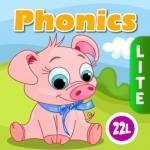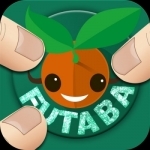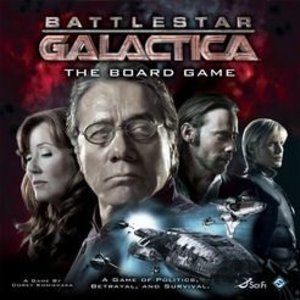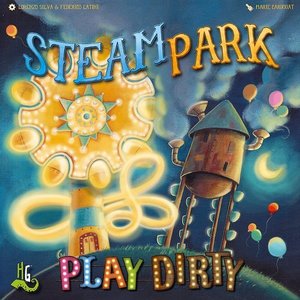
Phonics Farm Letter sounds school & Sight Words
Games and Education
App
***** WONDERFULLY EDUCATIONAL READING PROGRAM FOR BEGINNING READERS (AGES 2-7). ***** Parents‘...

iPeng 9 - Squeezebox Remote
Music and Utilities
App
iPeng 9, the music remote for the Logitech® Squeezebox™, has been designed for the latest iOS...

vjay for iPhone
Music and Entertainment
App
NOTE: This app requires iPhone 4S, iPod touch 5th gen or better ...

World Cup Table Tennis™
Games and Sports
App
World Cup Table Tennis. #1 franchise in 94 countries. And of course, the #1 Table Tennis game on the...

Phonics Fun on Farm Educational Learn to Read App
Education and Games
App
50% OFF SALE - LAUNCH DISCOUNT TODAY: June 5-30, 2017 ***** WONDERFULLY EDUCATIONAL READING PROGRAM...

Futaba Classroom Games for Kids
Education and Games
App
Turn your iPad into a small Smart table with for up to four players at once. * Featured on...

Music Theory and Practice by Musicopoulos
Education and Music
App
Combining structured music theory lessons with matching exercises is what sets Music Theory and...

Battlestar Galactica: The Board Game
Tabletop Game
Battlestar Galactica: The Board Game is an exciting game of mistrust, intrigue, and the struggle for...
Purple Phoenix Games (2266 KP) rated Steam Park: Play Dirty in Tabletop Games
Aug 20, 2021
This breakdown is for the action dice-rolling and them park-building game Steam Park’s modular expansion, Play Dirty (as in dirt, not as in adult themes). Play Dirty is a modular expansion, so some modules may be added or left out depending on comfort level and enjoyment of each module.
One major module added to this expansion is the addition of a fifth player to Steam Park. As if Steam Park wasn’t frantic enough with four, go ahead and throw in a fifth set of hands going crazy at the table! Also included are gray “Stingy Visitors,” which act as wild visitor types for color, but provide one less Danari (currency in Steam Park) but create NO DIRT. Excellent! Play Dirty also includes a new set of five stands for robots to do business: Fountain, Hall of Mirrors, Office, Shooting Gallery, and Incinerator. Along with these new stands are a set of stand reference tiles to remind players what each stand actually does in the game. Very handy.
The biggest difference-makers in the expansion box are the Ride Extensions, Park Directors, and Espionage Dice. Ride Extensions do just that – extend existing rides in one’s park, but the two different colored extensions (golden and rusty) have their own rules that are triggered depending on colors of robots upon them. The Park Directors module adds a new twist that changes the rules for an aspect of the base game for all players throughout the entire game. These are very powerful changes, and one Park Director is chosen to be used at the beginning of each game. Espionage Dice are very special in that one is added to each player’s white dice and rolled as normal throughout the game. However, the Espionage Dice cost 4 Danari to activate after the Roll Phase. The power here is that the player using the die pays one Danari less to use it when matching the face of white dice in their opponent’s pig sitting to their right. For example, to use a Build Stand face on Espionage Die will cost four Danari normally. However, should the opponent on the right have four Build Stand symbols showing on their white dice, the Espionage Die activates for free!
Must you own the Play Dirty expansion to truly enjoy your plays of Steam Park? Not at all. I do very much enjoy several of the modules in the box though. I really enjoy the powerful Park Directors because it freshens up a rule from the base game or modifies it in interesting ways. I like the new Stands that come in the box as well for additional options during play, but you MUST use the reference tiles, especially if combining all 10 Stands. The other modules are fine, but I would have been happy with just the ones I mentioned here.
Official recommendation: I remember my first play of Steam Park and falling in love with it right away. I have never felt stagnation in my future plays, but adding Play Dirty certainly is a game-changer in every sense of the term. I say definitely pick it up if you are feeling the base game no longer gives you the excitement and frenzy it once did.

